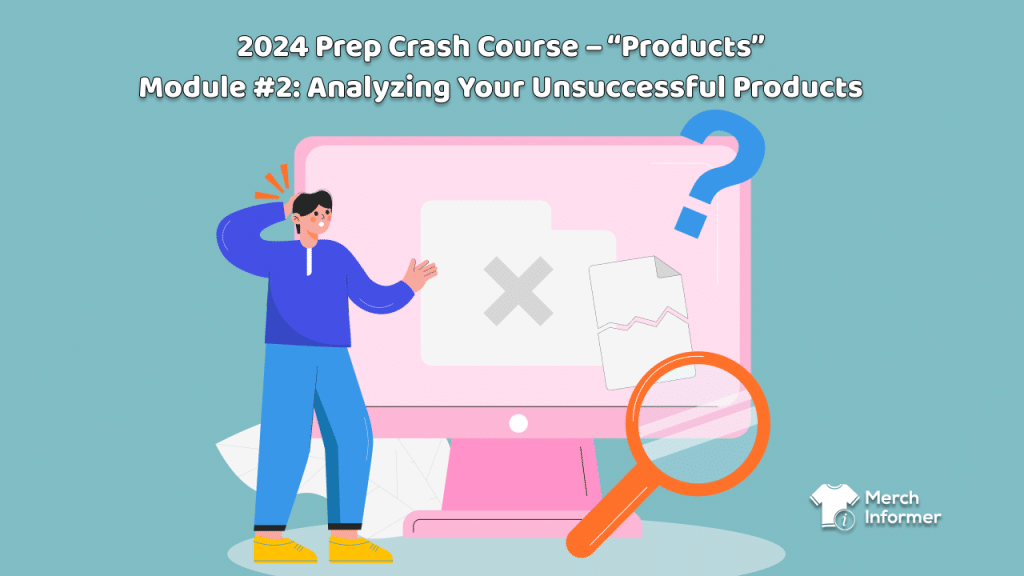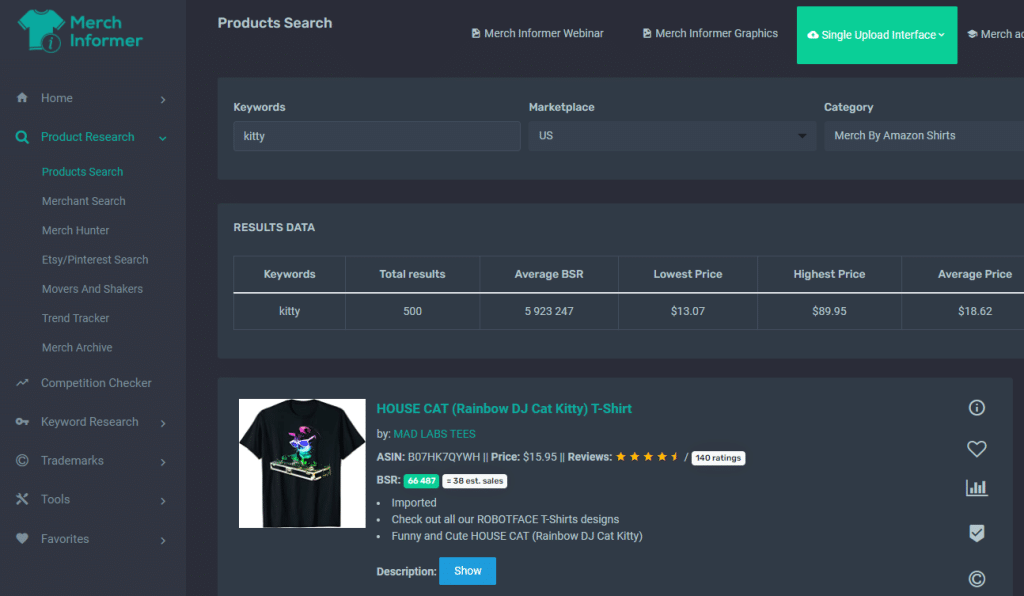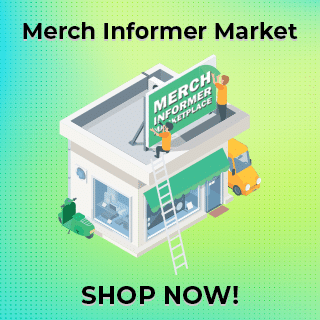2024 Prep Crash Course – “Products” Module #2: Analyzing Your Unsuccessful Products
We began our examination of “Projects” (one of the modules in this crash course) with a happy exercise: an analytical examination of what contributed to the success of your most successful products.
That’s to soften the blow of this week’s second of four installments on a 2023 look back on “Products.” This time, we’re ripping off the Band-Aid to take a hard look at products that did not succeed, and preparing ourselves to make some hard decisions.
To begin, take a deep breath and reflect on your accomplishments. Any attempt is a good attempt, and many failed attempts can provide invaluable information for the next round of better products. You’re making progress regardless.
Understanding why certain products underperformed in the previous year is critical for MBA sellers who have created a solid revenue stream with the on-demand opportunities Amazon presents.
ANALYZING PRODUCTS THAT UNDERPERFORMED
Identifying Underperforming Products
To understand why certain products underperformed, it’s crucial to recognize which products did not meet sales expectations. This process involves a careful assessment of sales data in comparison to initial projections. Metrics such as sales volume, revenue, customer reviews, and favorites provide insights into underperformance.
Just as in the last entry, where we examined successful products, MerchInformer’s Merch Analytics tool will quickly bring that information to the front.

Market Saturation
A common factor contributing to underperformance is market saturation. In categories like apparel and accessories, where competition is fierce, it’s challenging to gain visibility and attract buyers when the market is saturated. Signs of market saturation include overcrowded product listings, numerous similar offerings, and stagnant sales figures.
PRICING ISSUES
Pricing Strategies
Pricing is a critical aspect of a product’s success, particularly in the apparel and accessories categories. Develop pricing strategies that take into account production costs, perceived product value, and competitive pricing. Overpricing or underpricing can have detrimental effects on sales and customer perception.
Pricing Data Analysis
To identify pricing issues, delve into pricing data. This analysis involves examining the relationship between pricing and sales performance. Are certain products priced significantly higher or lower than similar offerings in the market? Identifying instances of pricing that discourage buyers or convey a perception of inferior quality is essential.
We wrote about the importance of solid pricing strategies in this piece, as well as gave solid examples to guide your price calculations.
INEFFECTIVE MARKETING
Marketing Efforts
Effective marketing is a cornerstone of product success in the competitive world of Merch by Amazon. Marketing strategies encompass various activities, including product listings, cover designs, keyword selection, Amazon Advertising, and social media promotion. The effectiveness of these efforts significantly impacts sales.
Marketing Data Analysis
To uncover issues with marketing, analyze the data related to their promotional activities. Are specific product listings consistently receiving fewer clicks or views? Are customers not engaging with product descriptions and keywords? Identifying areas where marketing efforts have fallen short can provide insights into the root causes of underperformance.
IDENTIFYING THE ROOT CAUSES
Customer Feedback and Reviews
One valuable source of information for identifying root causes of underperformance is customer feedback and reviews. Negative feedback often contains constructive insights that highlight issues with product design, quality, or functionality. Engaging with customers, addressing their concerns, and using their input to enhance future products can lead to improvement.
Competitor Analysis
Understanding what successful competitors are doing differently can reveal the strengths and weaknesses of your products. Conducting a competitive analysis helps you identify gaps in you product offerings compared to those of successful competitors. This understanding can be a powerful tool for improving future designs and marketing strategies.
We wrote a thorough step-by-step guide to understanding and analyzing your competition here.
STRATEGIES FOR IMPROVEMENT
Product Innovation
One effective strategy for overcoming underperformance is product innovation. Explore opportunities to introduce fresh designs and product ideas that resonate with your target audience. Experimentation and creativity in the design process can lead to unique and attractive offerings.
Pricing Adjustments
Fine-tuning pricing strategies is another approach to address underperformance. Reassess your product pricing, taking into account factors like production costs and the perceived value of your offerings. Implementing limited-time discounts or promotions can incentivize purchases and attract budget-conscious buyers.
Marketing Optimization
Optimizing marketing strategies based on lessons learned from underperforming products is essential. Make data-driven marketing decisions, adapt to changing trends, and experiment with new approaches. A/B testing can help identify which marketing tactics are most effective for their target audience.
The journey of a Merch by Amazon designer is marked by creative opportunities and the pursuit of successful product sales. However, not every product achieves the expected level of success, and it’s crucial to understand why some underperform. By analyzing the root causes, such as market saturation, pricing issues, and ineffective marketing, designers can take decisive steps toward preventing future losses.
Product innovation, pricing adjustments, and marketing optimization are powerful strategies for improving future performance. Designers should view underperformance not as a setback, but as an opportunity for growth and innovation. The dynamic marketplace of Merch by Amazon rewards creativity, adaptability, and the ability to learn from past experiences.
That wasn’t so bad, was it? The toughest part of this exercise is the emotional part, abandoning a favorite product that did not perform. Everything else is evidence based and, just as you are using success data to build in 2024, all evidence regarding unsuccessful products will help make that happen.







